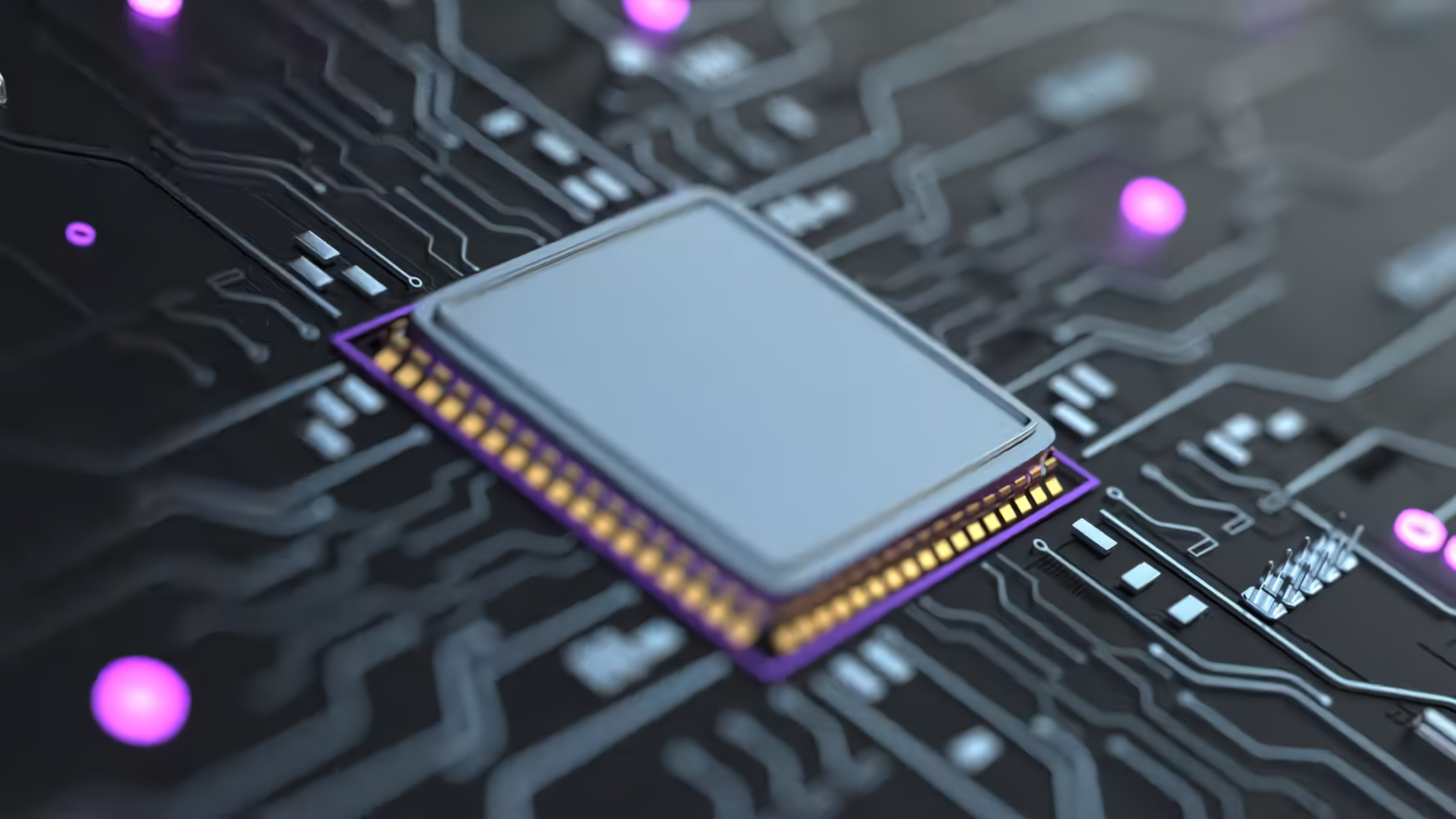
Close your laptop lid and open it 1,000 years later to carry on your Baldur's Gate 3 save as if nothing had happened.
ULTRARAM is a new type of “universal memory” that can exceed the longevity of your SSD’s flash storage and match the read/write speeds of system memory. But all with a lower power demand. This is kinda the holy grail of memory and could be a real game changer for computing. No wonder it’s just won an award at the Flash Memory Summit.
Though, I’ve got to say ULTRARAM feels a bit on the nose if you ask me. But I don’t care about the branding because the technology is potentially very exciting.
Effectively it’s a type of memory that can theoretically be all things to all devices. But, inevitably, it’s also rather complicated in its makeup, and it’s at times like these I wish I was a lot smarter than I am. They should have sent… an engineer.
“Our patented memory technology uses quantum mechanical resonant-tunnelling,” reads the ULTRAM site, “to provide an unmatched combination of speed, non-volatility, endurance and energy efficiency.”
The brochure (PDF warning) for the technology goes on to explain that: “ULTRARAM is a charge-based memory that stores data by moving electrons into or out of a so-called ‘floating gate’. The charge state of the floating gate is read non-destructively by measuring the conductance of an underlying ‘channel’. The final component of the memory is the barrier that acts like a ‘lock’ to retain electrons in the floating gate during data retention. The barrier is unlocked to allow charge to flow when the memory is being written or erased.”
The technology comes from Quinas Technology, a company spun out of Lancaster University in the UK, where ULTRARAM was invented by Professor Manus Hayne of the university’s physics department. Its appearance at the Flash Memory Summit is it’s first showcase and it feels like it could open up a whole new world of devices.
At the moment, you have either DRAM (or system memory) and flash memory. The two have very different properties and so are used for almost entirely different things. DRAM is super quick, with read and write speeds many times faster than the quickest SSD, and can be rewritten practically as many times as you want. But it’s a volatile memory, so it needs constant power to maintain the storage of data. As soon as the power goes, so does all the information, hence why the sleep mode of your laptop will still drain the battery.
(Image credit: Quinas Technology)
(Image credit: Quinas Technology)
And that’s where flash memory comes in. It’s much cheaper, much slower, but is persistent and will retain data for a long time once the power goes off. Though it does have a comparatively low endurance rating, where the flash chips will wear out over time and over a specific number of cycles.
ULTRARAM promises to fulfil both functions, with performance on a level with DRAM, while consuming far less energy. And it will reportedly retain data for 1,000 years.
Quinas Technology cites the application of ULTRARAM as something significant for data centres, where a huge amount of the energy they require is taken by the needs of memory—either keeping data alive in active memory, or shifting it between stored and active memory. Theoretically, having ULTRARAM in your data centre could significantly reduce the energy demands of this sector.
(Image credit: Future)
Best SSD for gaming: The best speedy storage today.
Best NVMe SSD: Compact M.2 drives.
Best external hard drives: Huge capacities for less.
Best external SSDs: Plug-in storage upgrades.
But it could also have huge ramifications in the consumer space, too. There would be no more sleep mode, because you could keep the entire snapshot of a system’s state in ULTRARAM even with the power off, and start up again in no time because of its inherent speed. It would be like Windows’ hibernation without any of the drawbacks of slow boot times, and you could come back to your machine in a thousand years and theoretically pick up exactly where you left off practically instantaneously.
I can imagine it being huge for laptops and handheld gaming PC.
Perhaps significantly, ULTRARAM is not a silicon product. The necessary quantum resonant tunnelling it relies on is found in compound semiconductors, such as the gallium antimonide (GaSb), indium arsenide (InAs), and aluminium antimonide (AlSb) that make up the current ULTRARAM design.
The technology has only just started out, and we don’t know what the costs are in relation to either flash or DRAM production. So, its chances of taking a bite out of the established status quo will depend on its mass market potential. But it sure is exciting, and could have a genuine impact on all our devices.



